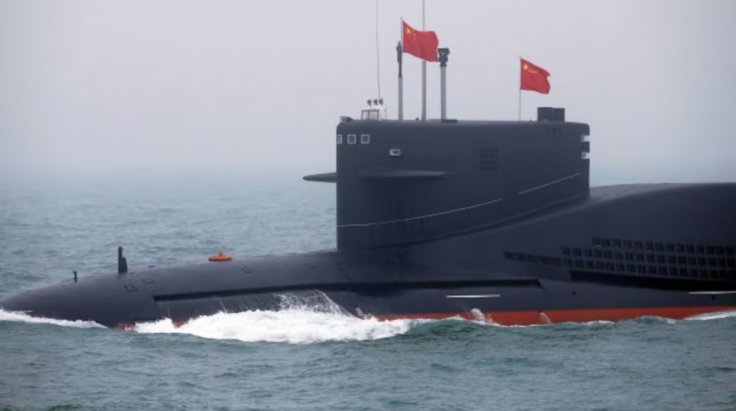China lost its most advanced nuclear-powered submarine earlier this year in a naval yard accident, raising concerns that the country may be overextending itself as it strives to build a navy capable of matching the strength of America's. However, it has so far failed to do so.
The submarine, belonging to the new Zhou-class — China's first line of nuclear-powered attack subs — sank at a shipyard near Wuhan in late May or early June, according to the Wall Street Journal. The Chinese military has remained silent about the event while continuing to promote its "maritime superiority" in the South China Sea, with particular focus on the potential for a Taiwan invasion.
Sank Without a Trace

Nuclear-powered submarines can operate for longer periods and at greater speeds than conventional submarines, which are already in China's fleet. Zhou-class attack subs are designed to covertly hunt and engage enemy vessels, such as U.S. aircraft carrier groups, and evade detection afterward.
The Zhou-class submarines would significantly enhance the People's Liberation Army Navy's capabilities, making them a more formidable threat.
The submarine was likely part of China's newly developed fleet, which was detailed in a Pentagon report last year about the country's growing military power.
The report emphasized that China is advancing its submarine fleet, naval ships, and aircraft carriers to counter the U.S. and its allies, especially in the event of a potential invasion of Taiwan — a self-governed, democratic island that Beijing regards as a rebellious province.
Retired Rear Admiral Mark Montgomery, a senior fellow at the Foundation for Defending Democracies, told the New York Post that the failure of this submarine would be a major setback for China, as the first vessel in a new class often sets the standard for all subsequent ships.
"Delays caused by repairing this ship will hinder follow on submarine production," he said.
Setback for China

Montgomery also noted that production issues like this are not uncommon. Both U.S. and Soviet submarines suffered similar accidents while docked during the 1960s and 1970s. "This incident may be a sign of moving too fast, that the PLA-Navy is working hard to catch up to US nuclear submarine capabilities," said the former commander of America's carrier strike group in Japan.
The incident was first flagged in July by Thomas Shugart, a former U.S. submarine officer and a fellow at the Center for a New American Security. He observed unusual activity at the Wuchang Shipyard.
Shugart analyzed commercial satellite images that showed a new submarine at the shipyard, with the appearance of floating cranes indicating that something had gone wrong.
According to the satellite photos, the submarine, constructed by the state-owned China State Shipbuilding Corp., was seen floating in the Yangtze River in late May before the cranes appeared.
The reasons for the submarine's sinking, potential casualties, and whether it was carrying nuclear fuel remain unclear. U.S. officials told the WSJ that there has been no indication that Chinese authorities have tested the surrounding water for radiation.









